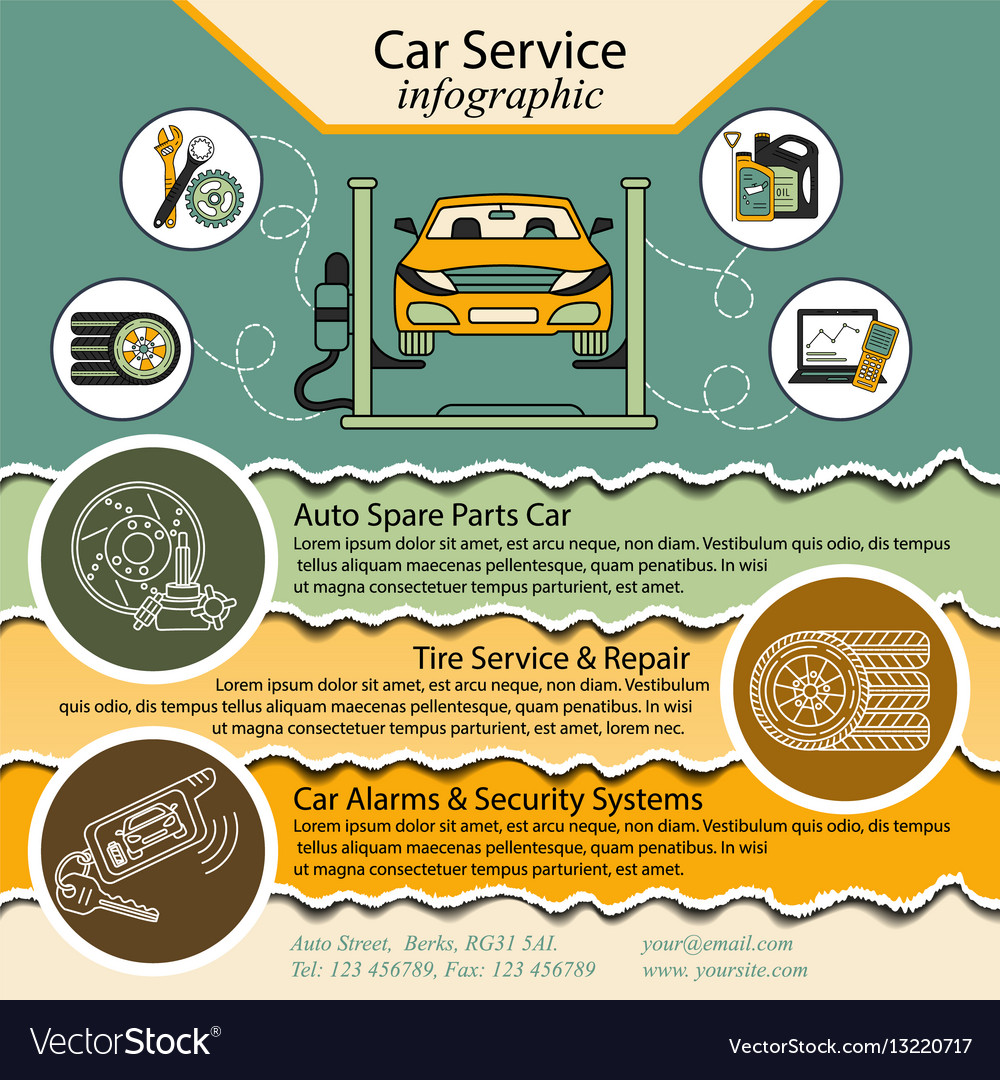When you lag the wheel, those glowing caution lights on your control panel can be a little bit complicated. Do you recognize what they're attempting to inform you regarding your cars and truck's health? Understanding the relevance of these lights is vital for your safety and security and the durability of your vehicle. So, the next time one of those lights appears, wouldn't you want to decode its message precisely and take the essential steps to address it?
Common Caution Lighting and Interpretations
Determine common caution lights in your vehicle and understand their meanings to make sure secure driving.
The most typical caution lights consist of the check engine light, which indicates concerns with the engine or exhausts system. If this light begins, it's critical to have your vehicle inspected quickly.
The oil pressure alerting light shows reduced oil pressure, calling for instant focus to avoid engine damage.
A blinking battery light could recommend a defective billing system, potentially leaving you stranded if not dealt with.
The tire stress surveillance system (TPMS) light alerts you to low tire pressure, influencing lorry stability and fuel efficiency. Ignoring this might cause dangerous driving conditions.
The abdominal light shows a trouble with the anti-lock stopping system, jeopardizing your capacity to stop rapidly in emergencies.
Last but not least, the coolant temperature advising light warns of engine getting too hot, which can cause extreme damages if not dealt with quickly.
Comprehending these common caution lights will help you address problems promptly and keep risk-free driving conditions.
Value of Prompt Interest
Recognizing the usual caution lights in your vehicle is just the very first step; the significance of promptly addressing these cautions can't be stressed enough to ensure your safety and security when driving.
When a caution light brightens on your dashboard, it's your car's method of interacting a potential concern that requires interest. Neglecting these cautions can bring about more extreme issues in the future, compromising your safety and security and possibly costing you extra in repairs.
Motivate interest to cautioning lights can prevent failures and crashes. For carwax , a flashing check engine light could show a misfire that, if left neglected, could create damages to the catalytic converter. Addressing this without delay can save you from a costly fixing.
In a similar way, a brake system alerting light may indicate low brake fluid or worn brake pads, vital elements for your safety and security when driving.
DIY Troubleshooting Tips
If you observe a caution light on your control panel, there are a couple of DIY fixing tips you can attempt prior to looking for specialist help.
The primary step is to consult your car's guidebook to comprehend what the particular caution light indicates. Often the concern can be as easy as a loosened gas cap causing the check engine light. Tightening steam clean car engine near me may fix the problem.
Another common problem is a reduced battery, which can cause numerous alerting lights. Inspecting the battery links for rust and guaranteeing they're safe and secure may take care of the issue.
If a caution light persists, you can try resetting it by detaching the car's battery for a couple of mins and after that reconnecting it. Furthermore, examining your lorry's liquid levels, such as oil, coolant, and brake fluid, can assist repair advising lights connected to these systems.
Final thought
In conclusion, recognizing your automobile's warning lights is vital for keeping your automobile running efficiently and safely. By promptly addressing these informs and knowing what they indicate, you can avoid pricey repairs and prospective breakdowns.
Keep in mind to consult your cars and truck's guidebook for particular details on each advising light and act accordingly to ensure a hassle-free driving experience.
Stay informed, remain safe on the road!
